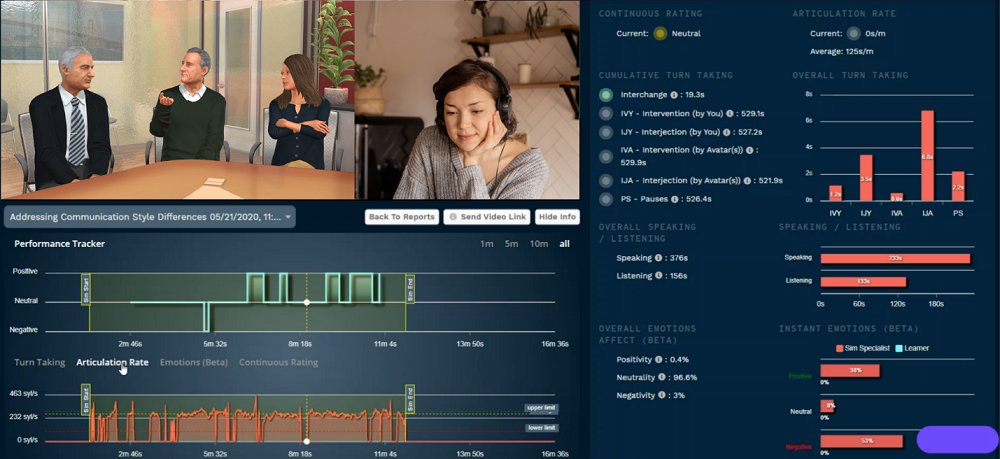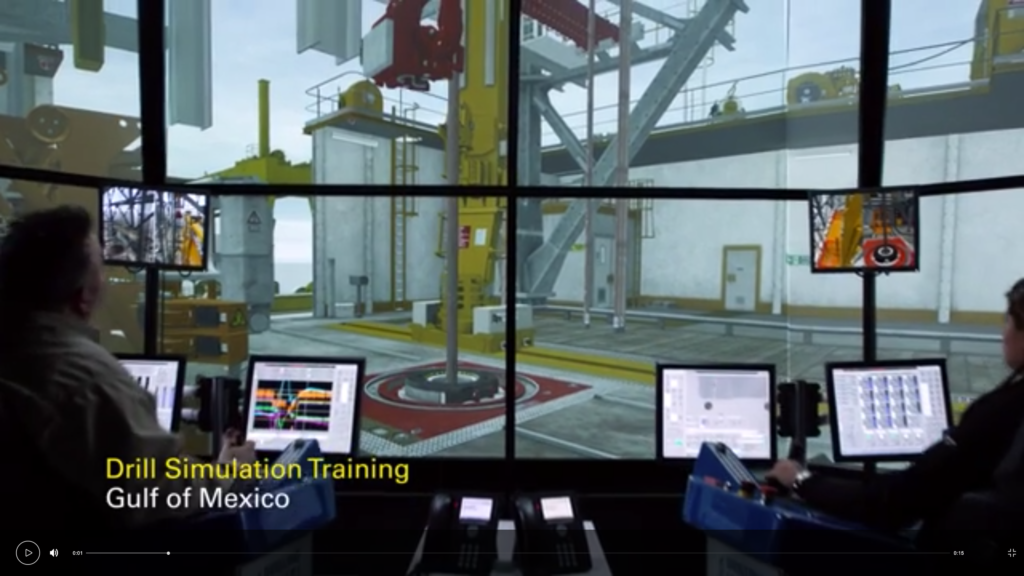Real-Life Examples Of How Businesses Are Adopting VR Technology
It doesn’t seem all that long ago since businesses made the transition to digital technology. Yet the next phase of the technological revolution in the workplace is already picking up pace rapidly; virtual reality (VR) simulators. VR technology has been slow to break into the commercial market, but recent advancements in the technology have captured the imagination of forward-thinking CEOs. Moreover, VR offers companies the potential to enhance staff training, improve business processes, develop products and much more. Let’s take a deep dive into some real-life examples.
Wise: Immersive Mindfulness Training
It wasn’t all that long ago that mindfulness was introduced in UK schools. Now Wise has developed an immersive VR training program to help students develop emotional and social learning. The benefits of mindfulness are well-documented but practitioners typically give up early in their training. Learning to meditate from a book gives the practitioner the wrong idea of how a meditation experience should look and feel like. The 3D generated environment produced by VR technology, on the other hand, exposes students to situations that trigger actual emotions and prompts them to apply mindful techniques they can use in their everyday life.
Toyota: Maximising Product Design and Analysis
VR technologies support the “Kaizen” philosophy adopted by Japanese automotive giants Toyota. Using revolutionary software and devices the car manufacturer has streamlined the building process whilst simultaneously improve the performance and function of their vehicles. The company’s virtual pipeline incorporates Unity and HoloLens 2 to drive optimum quality, efficiency and sustainability. By importing vehicle data, engineers can analyse how the vehicle’s design affects aerodynamics, eliminate human error and test reliability of the vehicle’s hidden mechanisms. Moreover, operational processes slash time spent on the production line. For example, inspecting the coating thickness of the body paint typically requires two employees meticulously cutting out small pieces of paper and placing them on the vehicle. The tedious process can take an entire day to finish. VR performs the same task in a matter of minutes.
Medical Students: Risk-Free Surgical Training
Acclaimed British cancer surgeon, Shafi Ahmed is leading the way in developing VR-enabled training in the medical industry. Not only does VR expose future medical practitioners to real-life situations, but Ahmed says it’s also “cost-effective”. Virtual reality has the potential to improve the quality of medical care by enabling students to experience an operation from a surgeon’s perspective without any risk to patients. Using VR hardware, young specialists are immersed in an environment which helps them develop medical skills and learn how to perform under pressure. Professional surgeons say one of the hardest things to get used to in a live operating theatre is the noise. This can distract their concentration. With VR simulations, students become accustomed to an actual operating environment. In light of the coronavirus pandemic, students in the medical field are starved of practical learning. VR technology resolves this problem with the flick of a switch.
Work Discrimination: Trading Places
Discrimination in the workplace can sometimes go undetected – even by the person that is discriminating against someone because of their colour, race, religion, disability or gender. We all view the world from a different perspective. A corporate training simulation designed by Mursion seeks to change that by helping employees to understand how unconscious biases they have towards certain colleagues. Discrimination, even when unintended, can damage relationships between co-workers, sour the work environment, and cause emotional hurt to someone. Mursion’s VR program enables users to experience how a work colleague feels by placing them in the body and mind of another person. By giving everyone an entirely new perspective of how their behaviour impacts other people, the VR program sets foundations to improve communication between co-workers.
BP: Safety Training
Oil magnets BP has adopted VR technology to train their staff on safety procedures and emergency exits. In dangerous environments, errors can cost lives, but the VR simulation enables staff to familiarise themselves with potential situations and the actions to take to prevent accidents. VR simulations can be crafted to recreate any environment. In the oil industry, employees need to know how to safely extract, barrel and transport a highly flammable commodity. Safety training is required for multiple locations including rigs, ships, loading docks, and tankers etc. Although many of the day-to-day activities in the industry appear mundane, handlers have to be very careful. Using headsets and gloves, the VR simulation gives users the sense they are in real-life situations and enables them to learn safety procedures, drills and what could happen if they make a mistake. More importantly, VR helps employees to hone their instincts and retain information. When trainees do venture out into the field, they will be mentally, physically and emotionally prepared. How can VR technology help your business stay competitive and grow? Call us today to discuss your objectives.










